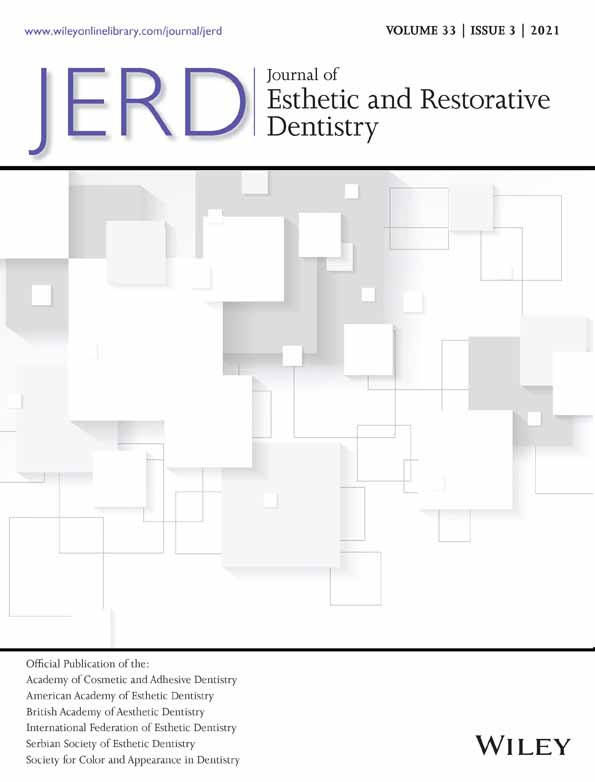Fracture strength of various titanium-based, CAD-CAM and PFM implant crowns
Abstract
Objective
CAD-CAM has dramatically advanced dental restorative procedures to include implant-supported crowns. The purpose of this study was to compare the fracture resistance following mechanical loading and thermocycling of various screw-retained and cement-retained ceramic and polymethylmethacrylate material combinations using the TiBase abutment compared to PFM implant-supported crowns.
Overview
Twelve implant restorations were fabricated for each of eight groups. Three groups were screw-retained and five groups were cement-retained implant restorations. The ceramic and polymethylmethacrylate restorations were fabricated on the TiBase abutment while the PFM restorations were fabricated on an UCLA abutment. Data were analyzed with a one way Analysis of Variance and Tukey's post-hoc test to evaluate the effect of abutment and crown type on fracture load (alpha = 0.05). A significant difference was found in the maximum fracture load between groups (P < 0.001).
Conclusions
The screw-retained implant restorations demonstrated higher fracture loads than their cement-retained counterparts. The TiBase abutment compared favorably to the UCLA abutment.
Clinical Significance
The TiBase abutment is a titanium insert which combines the esthetics of a ceramic abutment with the mechanical properties of a titanium abutment and should be considered a viable clinical alternative to the conventional implant-supported PFM crown based on theses in vitro results and in context of in vivo studies. The lithium disilicate hybrid abutment/crown implant-supported restoration utilizing the TiBase abutment may be an ideal clinical choice due to simplicity, single appointment CAD-CAM, and esthetics.




